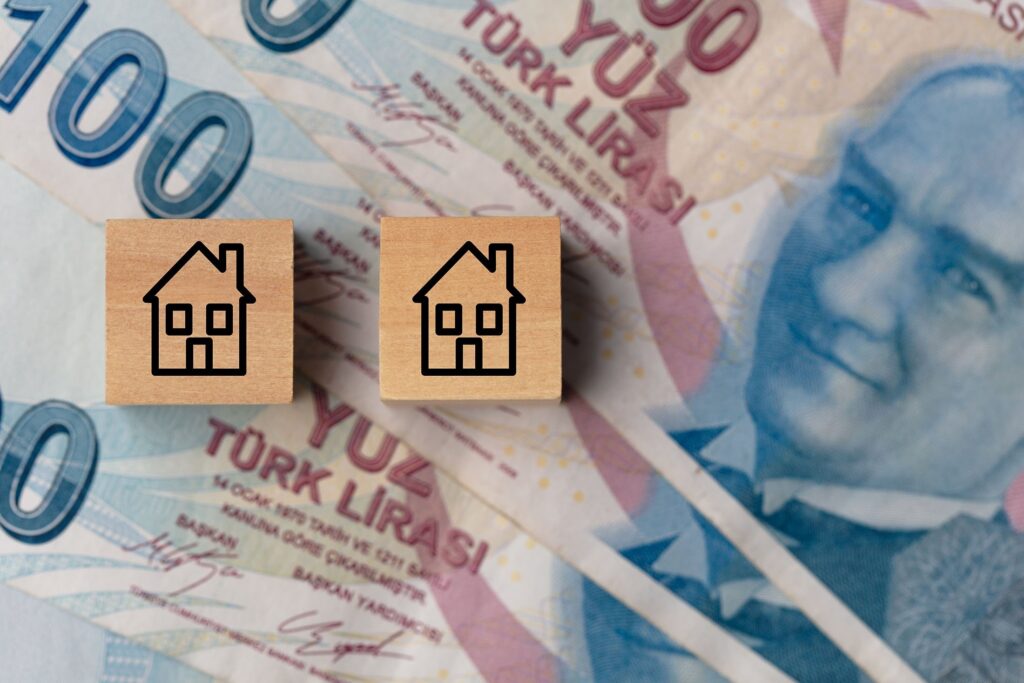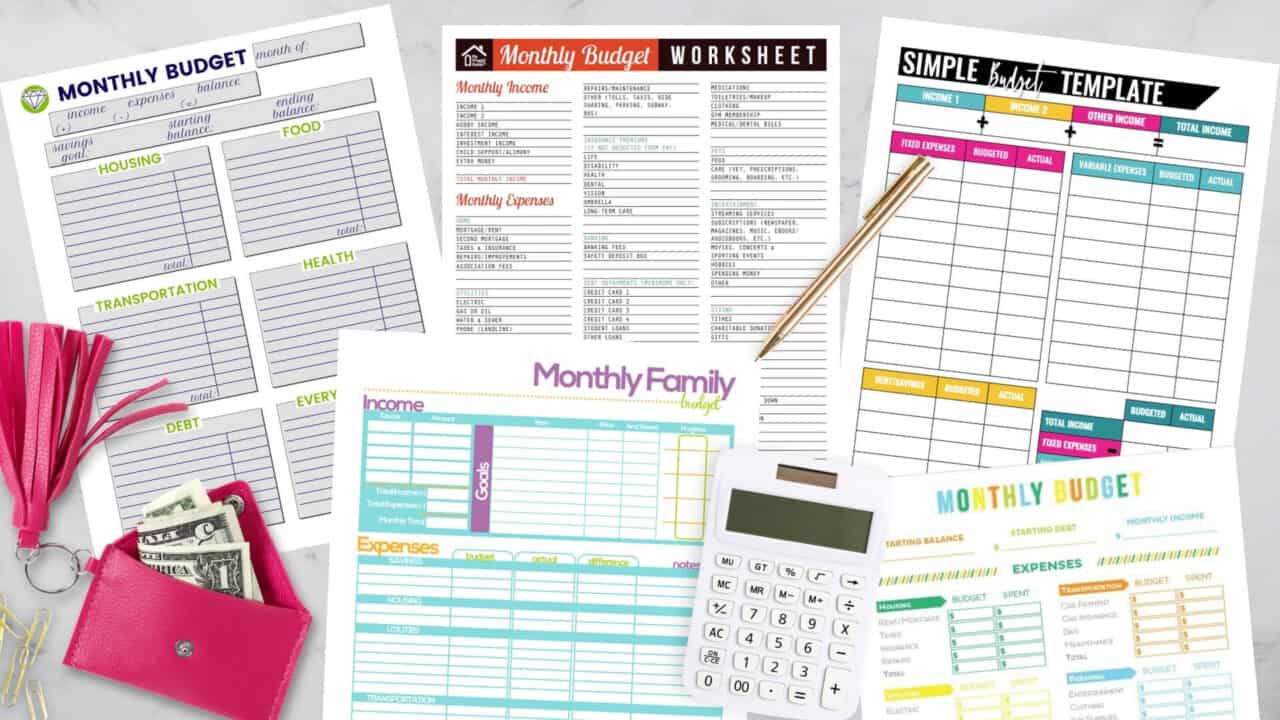More than a year ago, we began cautioning our readers about growing inflation; now that it has arrived, what can be done? What types of investments do well when prices rise due to inflation, and what types do not?
You should try to save money for things that won’t depreciate as quickly in value and avoid portfolio management that can’t keep up with inflation. When it comes to investing, seasoned pros frequently choose real estate. The category of cash reserves stands out as one that should be avoided if at all feasible.
Real Estate
Whether inflation is skyrocketing or remaining steady, a good financial planner would always advise their clients to keep a diversified investment portfolio. Please read Investing Basics for Novices if this is not evident to you. Third in a series: You should never trust all of your eggs in one basket. No matter how high or low inflation becomes, real estate is always a safe bet. As property values tend to increase in tandem with inflation, real estate has often fared well during periods of rising prices. A landlord might enhance their income by raising rent prices for their tenants.
It’s essential to consider the long-term benefits of engaging a financial planner and investing in an SMSF setup costs. A good financial planner can provide ongoing support and advice, helping you optimize your SMSF’s performance and navigate changing market conditions. While there are upfront costs involved, the potential for enhanced control and potential tax advantages make the investment worthwhile.
If you’re smart about it, investing in property may yield substantial financial returns. The main idea is that real estate is a good inflation hedge since it generates steady income, rises in value over time, and reduces debt. Also, the “psychology of the crowd” provides an extra boost.
It would be a mistake to decide to invest in “real estate” without first researching the many sub-classes within this asset class. It’s better to go over your alternatives carefully.
Related: Comparison Between Buying and Renting a Home

Commodities
Investors might gain some insight by looking at how certain assets fared in the past during periods of inflation. Furthermore, historically, commodities have fared well during times of rising inflation. Specifically, the energy industry is booming.
One research of inflationary times beginning in 2000 found that oil investments alone generated a 41% return, while gold generated 16%. Gold is one of the few asset types that thrives with high inflation, rather than low inflation or steady inflation.
Gold (and other precious metals), food, and oil all tend to increase in price with inflation and can be used as a hedge against its effects. As an alternative to real estate, which might be too expensive for the ordinary retail investor just starting started, these investments may be a viable option. However, it is important to remember the inherent dangers of trading commodities. Supplies and demands, both of which are difficult to anticipate, determine the level of commodity prices. Therefore, commodity investment is quite challenging.
Cash
A better plan would be to amass physical assets that can endure periods of high inflation rather than just sitting on large sums of cash in a savings account. Current annual inflation is 8.3% for the 12 months ending in April 2022, and it is on the rise. The US dollar is losing purchasing value and the income received on savings is not keeping up with inflation, so hoarding cash is not a good way to secure your wealth.
One of the risks of inflation is the decline in purchasing power of funds held in savings accounts, which is often disregarded. A large proportion of investors already know this. It’s easy to underestimate the danger, though, especially if your retirement plan is heavily weighted towards cash but not producing any returns. There are instances when it makes sense to “side-step” the market and store cash, but in general, savings in cash depreciate over time.
A Green Economy Can Bring in More Money for Investors
Think inflation is awful now? Wait till the rest of the commodities markets get going. Copper, aluminium, nickel, and steel are all essential building materials, but their costs haven’t risen nearly as much as fuels and energy-driven commodities like food have. However, if authorities in Europe and Australia have their way, they will. Put on your seatbelts.
To begin, the Green movement will likely hasten inflation in the near future. Two, consider buying copper, aluminium, and other “Green” materials as an investment. Metals such as cobalt, graphite, iron, lithium, manganese, nickel, polycrystalline silicon, and steel come to mind. These are the raw materials for producing EVs, solar panels, and wind turbines.
In the short term, the Green Movement will raise prices. As a result, you might wish to put your money into copper, aluminium, and other natural resources that are crucial to creating a more sustainable global economy. Things like polycrystalline panels, wind turbines, and the metals cobalt, graphite, iron, lithium, manganese, and nickel come to mind.

In terms of environmental sustainability, farmland is unrivalled.
Russia’s invasion of Ukraine has resulted in widespread food shortages that have had an impact well beyond the borders of that country, as well as incalculable human suffering and cultural ruin within Ukraine itself.
Ukraine is renowned as the “Breadbasket of Europe” due to the country’s reputation as a major global producer of wheat and sunflower oil. At one time, Ukraine was among the top three exporters of grain worldwide, thanks in large part to its access to deep seaports.
Food shortages in Ukraine, other countries in North Africa including Egypt, Tunisia, and Algeria, and the Middle East have prompted fears of a global food crisis as a result of the conflict in Ukraine. Particularly vulnerable are nations in the Global South that cannot afford the ever-increasing price of wheat. If Ukraine and Russia’s food exports are permanently halted, the UN Food and Agriculture Organization (FAO) believes that an additional 8-13 million people throughout the world will go hungry.
Some people aren’t factoring in the potential worldwide food catastrophe and wheat shortages that might result from this conflict. Regarding FAO’s prediction of the effects of food shortages, another source adds:
The lack of fertiliser is something they completely ignore. Together, [wheat and fertiliser shortages] pose the risk of a continental-scale famine, increasing the number of people at risk of going hungry by a factor of at least.
As a result of the war, the supply chain for fertilisers has been disrupted, driving up their already-astronomical prices. The war’s effects are already being felt throughout the world, putting a strain on already-stretched agricultural supplies as countries try to keep up with soaring consumer demand. Even if farmland is still less liquid than publicly traded securities, its liquidity is increasing rapidly because of its rising value.
If you’re interested in purchasing farmland, you should give some thought to what kind of property will best suit your needs. The food and grocery sector is a $12 trillion industry that may pique your interest if you are not interested in farms but are interested in “farm-adjacent” investing. Think about if eco-friendly investments are the best option.
